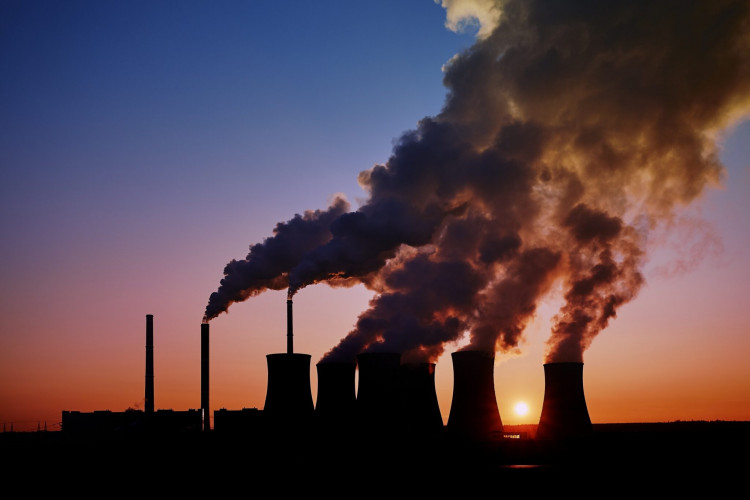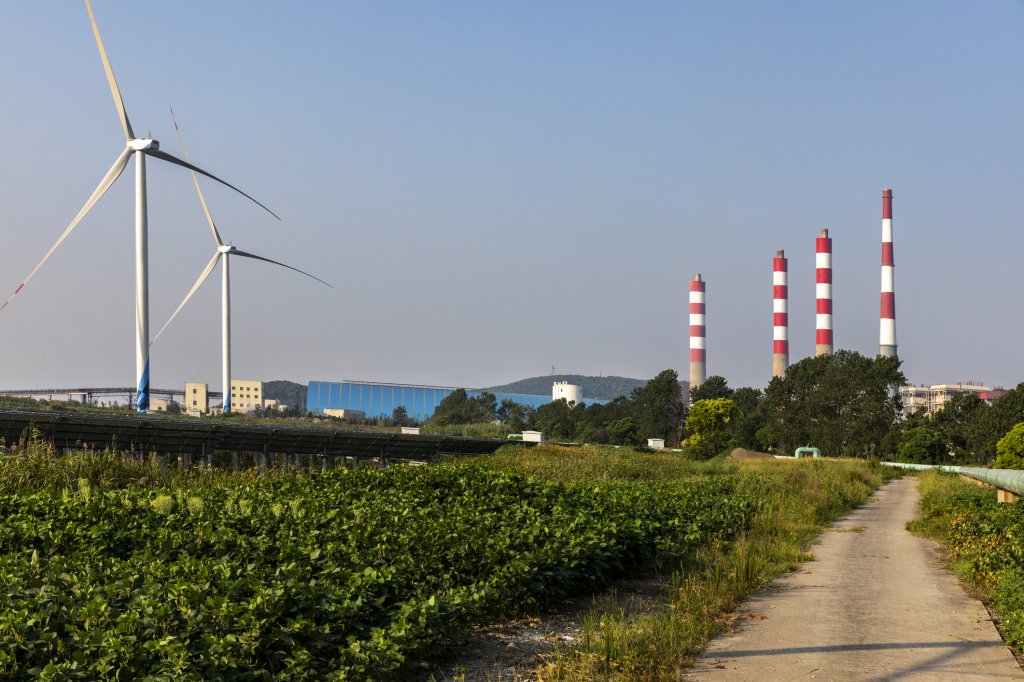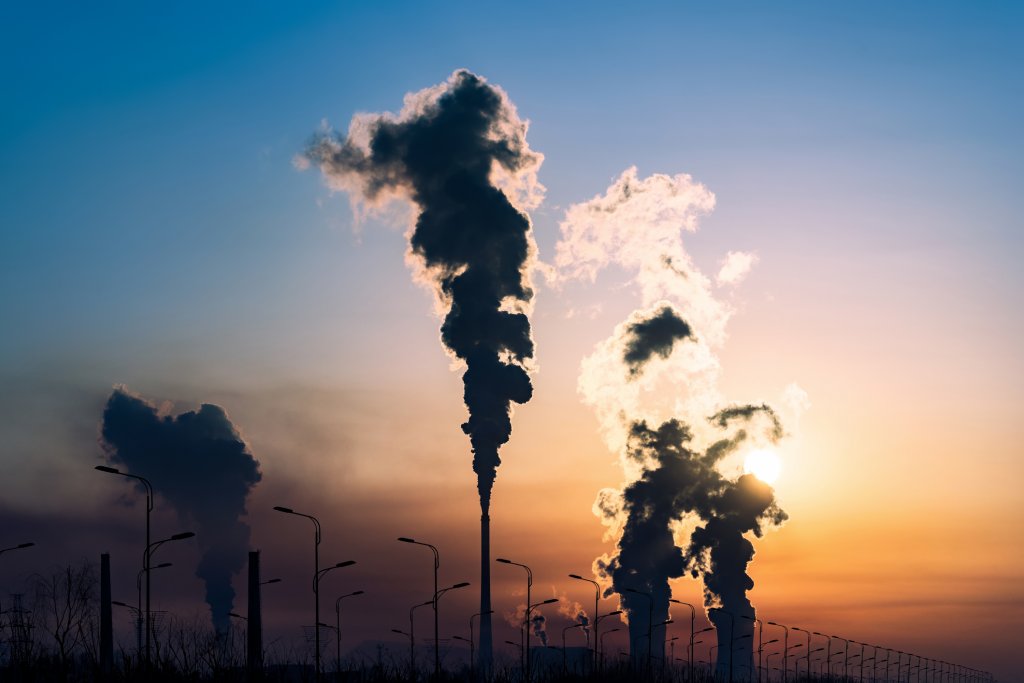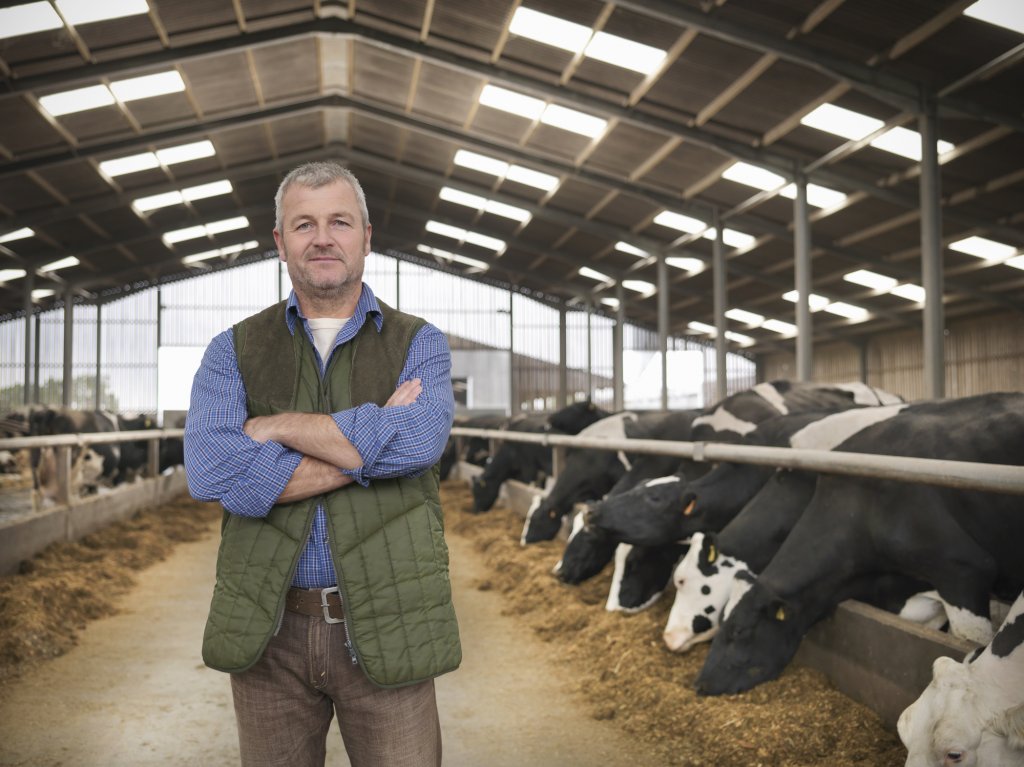Last week, the Irish Government announced sectoral targets to reduce carbon emissions by 51 per cent by 2030. Political deadlock over the extent of the emissions reductions for the agricultural sector severely delayed the announcement. The plans for how each sector will hit its targets will be outlined in the next Climate Action Plan in November 2022. Naturally, this is likely to be the next point of significant tension amidst the Fianna Fáil-Fine Gael-Green Party coalition.
RENEWABLE ENERGY GENERATION FORMS THE BACKBONE OF THE GREEN TRANSITION.
The sectors that are expected to reduce their emissions to achieve the Government’s 2030 targets include agriculture, transport, electricity, industry, buildings and Land-Use, Land-Use Change and Forestry (LULUCF).
AGRICULTURE
Emissions reductions from the agricultural sector received intense focus as they exposed ideological differences within the coalition. Green Party Leader and Minister for the Environment, Climate and Communications, Eamon Ryan had sought to retain a 30 percent reduction target while Fianna Fáil and Fine Gael had advocated for a figure closer to 20 percent.
The Government agreed to 25 percent. However, its ability to achieve these targets without a reduction in the national herd, as confirmed by Minister for Agriculture, Food and the Marine, Charlie McConalogue, remains to be seen. Climate Action Plan 2022 will seek to address this reduction in the near term.
TRANSPORT
The Government agreed an emissions reduction target of 50 percent for the transport sector. Green Party Leader Eamon Ryan, as both Minister for the Environment, Climate and Communications and Minister for Transport has begun work in this vein. The Government is keen to foster a mass increase in charging stations for electric vehicles (EVs), and encourage further active and shared mobility options.
Minister of State at the Department of Transport Hildegarde Naughton is furthering work on a Ten-Year Strategy for the Haulage Sector, which will be published in the Autumn of 2022 and implemented from 2023. The plan aims to generate efficiencies, improve standards, and help the haulage sector move to a low carbon future.
ELECTRICITY
In conjunction with announcement on sectoral emissions, the Government announced ambitious plans to cut emissions by 75 per cent in terms of electricity generation.
To achieve this, it has revised its targets for solar power (more than doubling the target to 5,500 MW), off-shore wind (moving from a target of 5,000 MW to 7,000 MW), green hydrogen (an additional 2,000 MW), as well as agro-forestry and anaerobic digestion (up to 5.7 TWh [Terawatt-hour] of biomethane).
Renewable energy generation forms the backbone of the green transition. If Ireland is to achieve its sectoral emissions targets by 2030, it will do so by the electrification of industry, transport and its built environment. Ireland’s significant potential in this vein, particularly in the realm of offshore wind generation has been recognised across Europe. The Celtic Interconnector to France, when completed in 2026, will enable Ireland to import and export electricity as required, in addition to the interconnections to the UK.
SECTORAL COMMITMENTS
| Sector | Reduction (%) | 2018 Emissions | 2030 Ceiling |
| Electricity | 75% | 10.5 MtCO2eq (2018) | 3 MtCO2eq (2030) |
| Transport | 50% | 12 MtCO2eq (2018 | 6 MtCO2eq (2030) |
| Agriculture | 25% | 23 MtCO2eq (2018) | 17.25 MtCO2eq (2030) |
| Industry | 35% | 7 MtC02eq | 4 MtC02eq |
| Buildings (Commercial and Public) | 45% | 2 MtC02eq | 1 MtC02eq |
| Buildings (Residential) | 40% | 7 MtC02eq | 4 MtC02eq |
| Other | 50% | 2 MtC02eq | 1 MtC02eq |
REACTION
Although farming and environmental groups have criticised the Government’s targets, they have stopped short of rejecting them outright.
The Irish Farmers’ Association, which has 74,000 members, insists that the Government needs ‘real proposals and proper funding’ for the cuts to be realised, stopping short of dismissing the deal. The Irish Creamery Milk Suppliers Association, which represents 10,000 farmers, condemned it as a ‘sell-out of our family farm model’.
While farmers believe the cuts have gone too far, environmental groups insist they have not gone far enough. Friends of the Earth insist that 25 per cent is ‘lower than we need’ while the chair of the Climate Change Advisory Council, Marie Donnelly, has criticised the numbers. According to Donnelly, the emissions cuts amount to a reduction of just 43 per cent, 8 per cent short of the 51 per cent cut laid out by the government – which equates to a gap of 5 million tonnes of CO2eq.
Politically, there is cross-party consensus on the 51 per cent emissions target by 2030. However, it was the lower than envisaged reductions in emissions from the agricultural sector that drew criticism from opposition parties. The Social Democrats stated the 25 per cent cut in agriculture showed ‘a shocking lack of leadership’, while Sinn Féin, called for a pathway to achieve the 25 per cent target for agriculture.
CONCLUSION
The lower than envisaged targets for the agriculture sector have ensured the stability of the coalition for now, with both the Greens and their counterparts Fianna Fáil and Fine Gael salvaging enough from last Thursday’s agreement. However, the 25 per cent agricultural ceiling agreed between the coalition parties can only lead to a further stretching of what other sectors will need to achieve. This will place further pressures on the Government to meet its 51 per cent reduction in emissions by 2030.
Although much of the political and media focus has been on the headline percentage targets for each sector, the devil will be very much in the detail when the Climate Action Plan 2022 is published later this year. Climate Action Plan 2022 is anticipated to both mark progress on the Government’s initial Plan of 2021, while setting out actions to achieve the now finalised sectoral emissions caps. In the lead-up to both Budget 2023, Climate Action Plan 2022, and the changeover of the office of the Taoiseach in December, the coalition faces a testing period when the Oireachtas returns in September.










